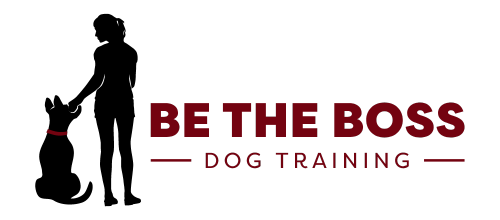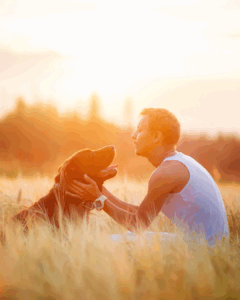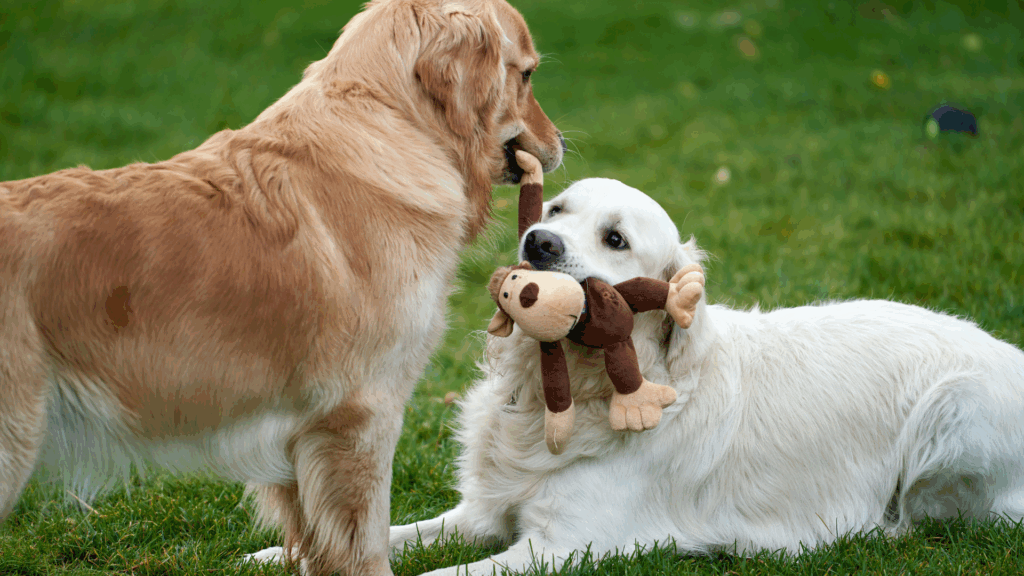Let’s be honest—when we start training our dogs, we want results yesterday. Whether it’s the barking that’s driving us nuts or the leash pulling that’s ruining walks, most dog owners are looking for fast, visible progress. But here’s the reality: dog training isn’t a one-size-fits-all timeline. It’s a process shaped by your dog’s breed, age, history, and—yes—your own consistency and mindset. Still, that doesn’t mean you have to wait forever to see change. In fact, many dogs show small wins early on… if you know what to look for.
This blog is for the impatient, the overwhelmed, and the results-driven owners who want to know: “How long is this going to take?” We’ll break down what affects your dog’s learning speed, how to recognize real progress, and the fastest ways to start seeing behavior shifts you actually care about.
Fastest Fixes for the Most Annoying Behaviors
If your dog jumps on guests, barks constantly, or pulls like a freight train, chances are you’re desperate for peace and quiet—now. While there’s no magic switch, some quick strategies can bring relief faster than you think.
When it comes to jumping, ignore the behavior completely and reward calmness. For barking, identify the trigger, teach a reliable “quiet” cue, and offer redirection or environmental management. For pulling, stop walking the second the leash tightens—movement only resumes when the leash is loose.
Consistency and timing are key. Don’t underestimate the power of short, daily reps—done right, they’re more powerful than hour-long sessions.
👉 Want to work one-on-one with a trainer? Reach out here.
Why Skipping Training Costs You More Time Later
Skipping training days doesn’t save you time—it delays results and builds confusion. Inconsistency teaches your dog to second-guess commands, form bad habits, or simply tune you out.
Retraining a behavior is always harder than teaching it right the first time. And when habits like barking or leash pulling get reinforced—consciously or not—they become deeply ingrained. Stay consistent with short, daily sessions to avoid rework and frustration.
Training is like brushing your teeth—it doesn’t take long, but you have to do it regularly. Every skipped session adds time to your progress.
If you’re struggling to stay motivated, you’re not alone. That’s why we created an online support hub where dog owners connect, vent, and celebrate wins—no matter how small.
👉 Come join us in the Dogs Unleashed Facebook Group and get support every step of the way.
The Truth About “Easy Breeds” and Fast Progress
There’s no such thing as a guaranteed “easy” dog. Every breed has quirks, needs, and energy levels that require your time and guidance. Fast progress doesn’t come from breed—it comes from consistent effort and clear communication.
Even so-called “easy” dogs like Goldens or Labs will develop problem behaviors without proper structure. And breeds with independent streaks just need smarter strategies—not more frustration.
The fastest-trained dogs aren’t “easy breeds.” They’re the ones whose owners stay calm, consistent, and committed.
Want to dig deeper into how early life shapes a dog’s ability to adapt, learn, and respond to training? It’s more important than most owners realize.
👉 Learn more in this article about early experiences and reactivity
What Progress Looks Like (Even if It’s Not Perfect Yet)
Not all progress looks like perfect obedience. In the early stages, it may be a split-second of eye contact, a shorter barking fit, or a calm pause before reacting. These micro-wins are signs your dog is thinking and adjusting—and they matter.
Many owners only look for the absence of bad behavior. But the first signs of real progress are better decisions, calmer reactions, and increased focus. These shifts are huge—even if they’re not polished yet.
The goal isn’t perfection. It’s movement in the right direction. Celebrate the “almosts,” and you’ll get to the finish line faster than waiting for flawless behavior.
Conclusion
Progress in dog training doesn’t have to be a mystery—or a marathon. Whether you’re aiming to stop annoying behaviors fast, avoid wasting time with inconsistent effort, or break free from breed myths, one thing remains true: real results come from structure, not shortcuts. Even the smallest wins—like a pause before jumping or a glance during a walk—are signs that your dog is getting it. But those moments only grow if you recognize and reward them.
So instead of asking, “How long will it take?”—start asking, “What can I do consistently today?” Because the faster you commit, the faster your dog adapts.
Training success isn’t reserved for “easy dogs” or lucky owners—it’s available to anyone willing to show up, stay consistent, and follow a clear plan.
Let today be the day you start seeing progress you can be proud of.





